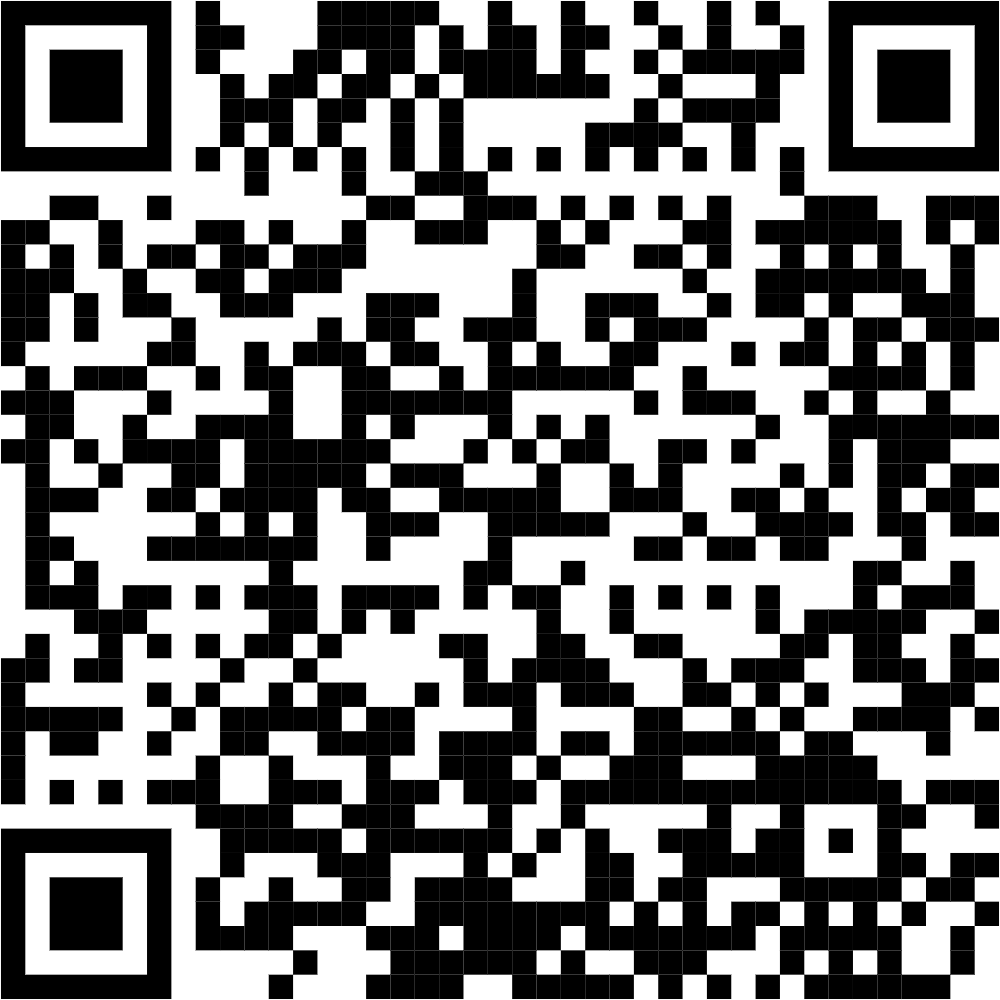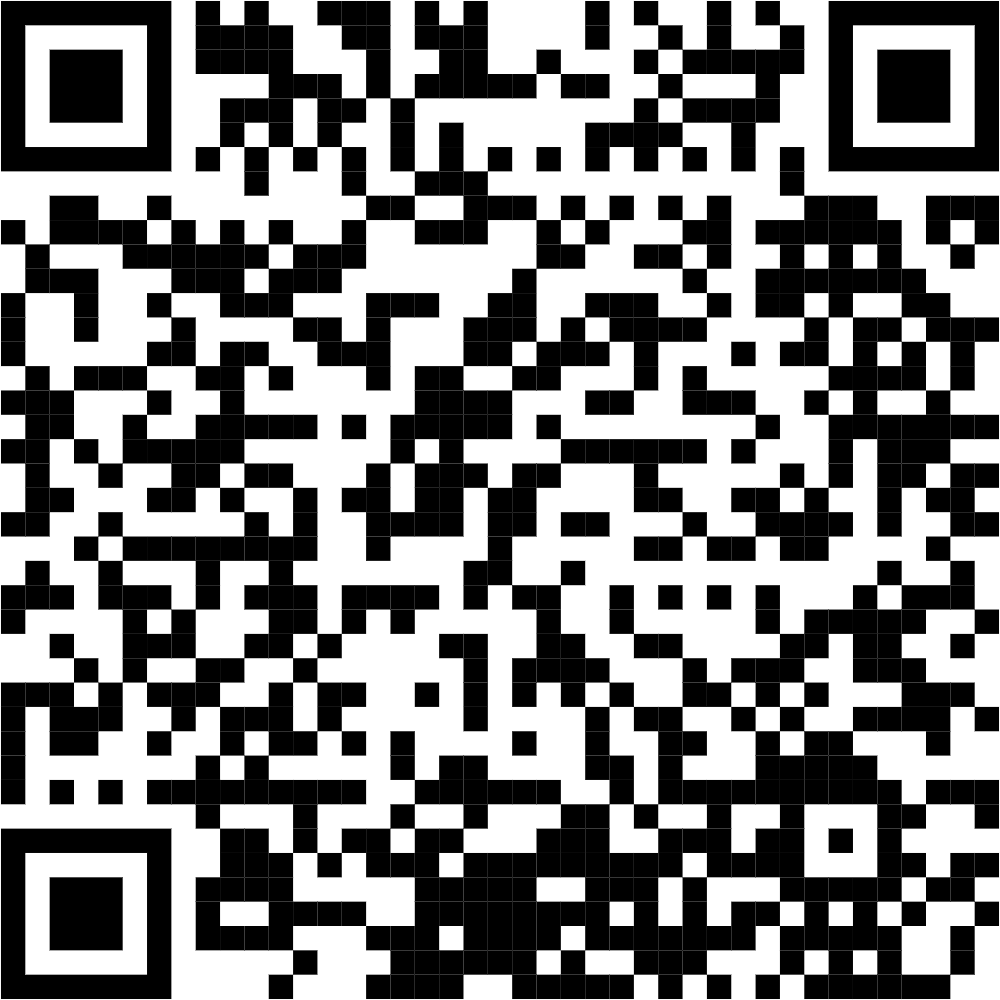The Study of Paper Capillarity with a Simple Technique
DOI:
https://doi.org/10.46961/jip.v8i1.55Keywords:
Capillarity, Speed of water absorption, PaperAbstract
The study of water absorption by capillarity on paper with a simple technique is simple but important to do to inform the public about the characteristics of paper and for the development of research on the absorption of different types of paper. In this study, five types of paper were used, namely HVS paper, cardboard, tissue paper, concord paper and buffalo paper. In the capillary water absorption test on paper, the physical quantities analyzed are the water absorption, the absorption time and the water absorption rate. The capillarity of the paper is a comparison of the rate of water absorption by the paper which is analyzed using the straight line movement approach. The value of water absorption is estimated using the ratio between the height of water absorption and the time absorption. Based on the results of the capillary test on paper, it was found that the water absorption height for the five types of paper increases with increasing absorption time. The highest water absorption capacity is tissue paper, which is 7.4 ± 0.2 cm every 180 seconds. While the lowest water absorption capillarity is HVS paper which is 0.5 ± 0.1 cm at the 180th second. Cardstock and buffalo paper have almost the same water absorption value and are higher than HVS paper and match. The absorption speed which is almost the same between cardboard and buffalo paper is due to the fact that both belong to the same type of paper, namely printing paper.
Â
References
Alfathy, Ragil Meita dkk. (2017). Analisis Variasi Warna terhadap Kualitas Daya Serap dan Kuat Tarik Tissue Napkin Paper.Jurnal Ilmu Pendidikan Fisika Vol. 2, No.1 Hal. 25-27 Maret 2017 p-ISSN: 2477-5959 e-ISSN: 2477-8451 http://dx.doi.org/10.26737/jipf.v2i1.201
Anonim. (2015). Kertas (Market Brief).Meksiko: Indonesian Trade Promotion Center (ITPC)www.itpcmexicocity.mx
Ardiani, Septia dkk. (2019). Analisis Kapilaritas pada Kain. Jurnal Fisika 9 (2) (2019) 47-51p-ISSN: 2088-1509 e-ISSN: 2684-978X
Chatterjee, A., & Singh, P. (2014). Studies on wicking behaviour of polyester fabric.Journal of Textiles.
Giancoli, Douglas C. (2010). Fisika Jilid I (terjemahan). Jakarta: Penerbit Erlangga.
Kertas./n/. Pada Kamus Besar Bahasa Indonesia. Diambil pada https://kbbi.web.id/kertas
Mulyani, Sri. (2017). Kajian Mengenai Lama Perendaman dan Jenis Kertas dalam Ekstrak Mahkota Bunga Malvaviscus penduliflorus sebagai Indikator Asam Basa Alternatif. Solo: Skripsi Program Studi Biologi Fakultas Keguruan dan Ilmu Pendidikan Universitas Muhammadiyah Surakarta.
Pratama, Melati. (2016). Identifikasi Sifat Fisika-Mekanik Kertas untuk Distribusi Produk Agroindustri.Jurnal Agroindustri Halal Fakultas Ilmu Pangan Halal Universitas Djuanda BogorVol 2, No 2 (2016)ISSN: 2550-0163 eISSN: 2550-0163
Setyanto, R. Hari. (2011). Pengaruh Faktor Jenis Kertas, Kerapatan dan Persentase Perekat terhadap Kekuatan Bending Komposit Panel Serap Bunyi Berbahan Dasar Limbah Kertas dan Serabut Kelapa.Jurnal PerformaVol. 10, No. 2 Hal: 89–94.
Siburian, Desmar. (2015). Pembuatan dan Karakterisasi Kertas dari Serat Batang Kecombrang (Nicolaia Speciosa). Medan: Program Studi Fisika Fakultas Matematika dan Ilmu Pengetahuan Alam Universitas Sumatera Utara.
Downloads
Published
How to Cite
Issue
Section
Citation Check
License
The Authors submitting a manuscript do so on the understanding that if accepted for publication, copyright of the article shall be assigned to Jurnal Ilmiah Publiprenuer and Politeknik Negeri Media Kreatif, Indonesia as the publisher of the journal.
Copyright encompasses exclusive rights to reproduce and deliver the article in all form and media, including reprints, photographs, microfilms, and any other similar reproductions, as well as translations. The reproduction of any part of this journal, its storage in databases and its transmission by any form or media, such as electronic, electrostatic and mechanical copies, photocopies, recordings, magnetic media, etc. will be allowed only with written permission from the Jurnal Ilmiah Publiprenuer and Politeknik Negeri Media Kreatif, Indonesia.
Jurnal Ilmiah Publiprenuer and Politeknik Negeri Media Kreatif, Indonesia. The Editorial Team makes every effort to ensure that no wrong or misleading data, opinions, or statements be published in the journal. In any way, the contents of the articles and advertisements published in the Jurnal Ilmiah Publiprenuer and Politeknik Negeri Media Kreatif are the sole and exclusive responsibility of their respective authors and advertisers.
Statement of Authenticity and Manuscript Copyright can be downloaded: here
After filling in the statement letter, please attach it as the supplementary file submission or send via e-mail: [email protected]











